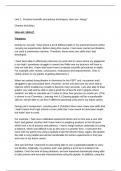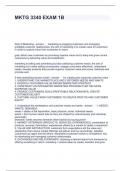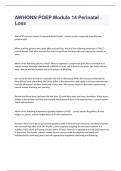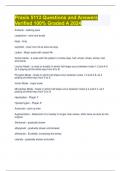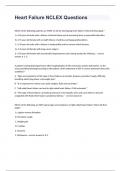Essay
Essay Unit 2 - Practical Scientific Procedures and Techniques
- Institution
- PEARSON (PEARSON)
The purpose of this experiment of titration was to determine the unknown concentration of sodium hydroxide. To do this I made up a Primary standard (the Sodium Hydroxide) so this could standardise the concentration of the Hydrochloric Acid. We use Sodium Hydroxide for Our primary standard as it had...
[Show more]





